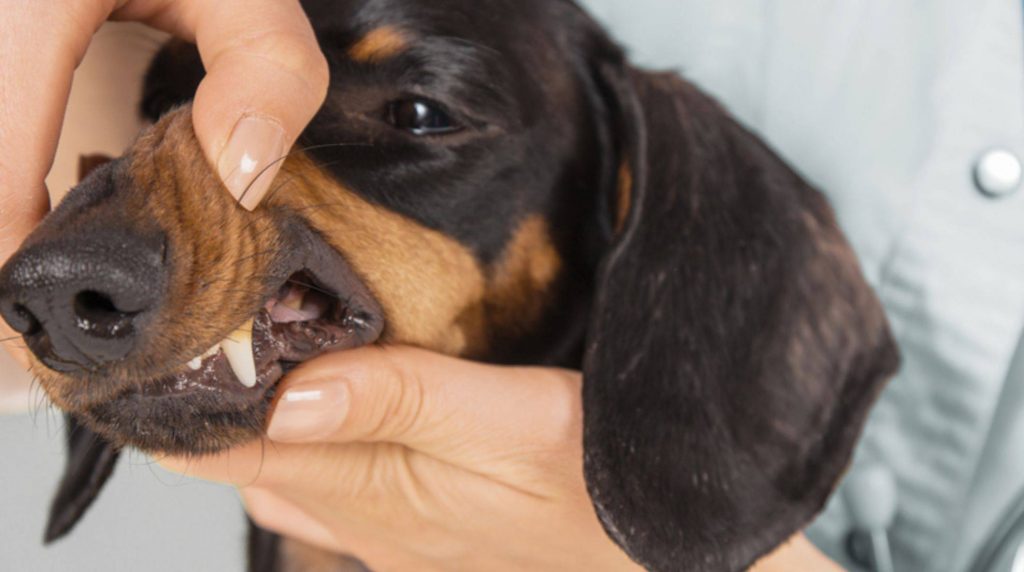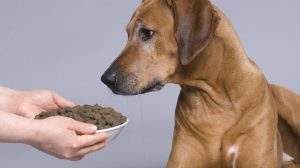Bacteria, poor diet and improper tooth cleaning can cause tartar in dogs. Here you can find out why you should not remove the plaque yourself but rather consult a veterinarian.

If you have found tartar in your four-legged friend, you should take him to the vet. It is better to leave the removal of the deposits to a professional. The doctor can best assess how pronounced the plaque is and select the treatment method. The plaque can be removed manually with special pliers or with an ultrasonic device.
Removing the deposits: by hand
The causes of tartar in dogs are usually bacteria, too much sugar and starch in the diet, or problems with salivation. You should not remove the deposit without the professional help of a doctor because a light anaesthetic is usually necessary in order not to put the four-legged friend under too much stress.
With special tartar tongs, the veterinarian can blast off the coarse plaque and tackle finer deposits with a tooth cleaner. In particular, it can loosen the tartar in the gaps and on the enamel.
Removing tartar from dogs: Ultrasound
Another way to remove the tartar is ultrasound. The vet uses a small chisel to transmit ultrasonic waves to the tooth. Tartar in dogs splintered off easily and can then be washed away with water. Once the doctor has solved everything, he smoothes the surface with a polishing agent. The tooth cleaning has roughened the surface – that would be the perfect breeding ground for new tartar. The polish prevents the formation of new plaque or worse deposits.
This is how you can prevent tartar in dogs.
If your dog is more prone to the formation of plaque and tartar, you should prevent it by brushing it regularly. Get a toothbrush that fits your finger and some dog-friendly toothpaste. These are available with chicken flavour, for example.
Make sure that the food does not contain any sugar. Many ready-made foods contain sugar, be careful here and make sure you choose a sugar-free version. Sugar can also hide under glucose, dextrose, syrup, barley malt extract or grape sweetener. Chewing bones and other dental care products are important elements of prevention. Let your four-legged friend chew and nibble a lot every day. This creates enough saliva to prevent plaque from getting too attached to the dog’s teeth.









